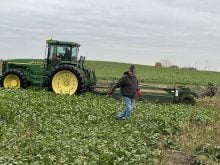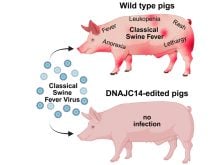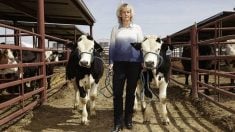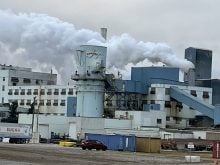Rain fell in parts of Saskatchewan last week but not where it was most needed.
The west side of the province remained extremely dry, as did pockets in other areas. Provincial agriculture minister Eric Upshall said he is concerned, but still optimistic.
“On the pasture side it’s a drought, there’s no doubt about it,” he said May 27. “On the grain side it’s a drought, but it could be fixed if we got rain with the next 10 days.”
Upshall said his department is making sure producers know what assistance programs are available, but drought aid for field crops is not among them.
Read Also
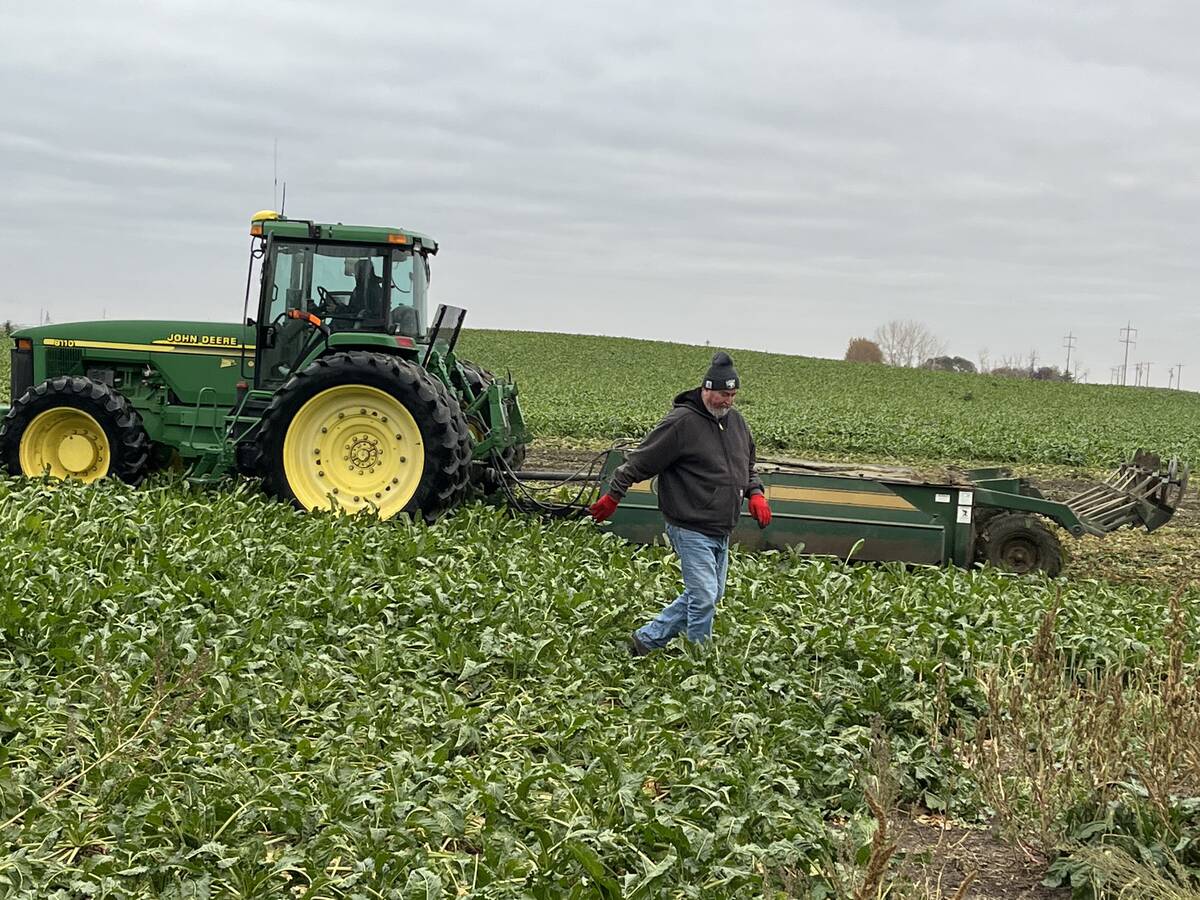
Weight-loss drugs and health initiatives hammer a crop that usually provides an economic cushion
Americans are simply eating less sugar. Consumption started to decline in the 1990s as artificial sweeteners grew in popularity. Farmers this year planted their smallest sugar beet acreage since 1982.
“Right now there’s no consideration for drought aid,” he said. “We can’t panic yet. We still have a week or 10 days, two weeks probably, in order to get rain to get things growing. We have to wait at least until the reseeding date for crop insurance is past.”
That deadline is June 20.
Upshall said his department is monitoring and discussing the situation with Ottawa at the deputy minister level.
“We’re going to continue to push on this,” he said. “Our provincial treasury doesn’t have enough money to backstop a major drought here and we simply have to have the federal government on side, so that’s what we’re working on.”
Saskatchewan Party leader Elwin Hermanson said the province has to have something more than crop insurance in mind.
“Crop insurance is not going to save the situation,” he said, because not enough farmers participate and pastures aren’t covered. He thinks NISA could help.
“The problem with NISA is the triggering mechanism doesn’t allow funds to be released until after you calculate your income tax,” he said, but an earlier triggering mechanism wouldn’t require new money.
A news release last week said that beginning this month, NISA participants will be able to use an interim withdrawal mechanism to get money out in the year they have an income shortfall.
Hermanson also said the federal government should implement the tax deferral program available for livestock sales caused by drought.
Under this program Ottawa designates drought areas, and producers who live in these areas are able to defer income from the sale of breeding stock into the next tax year.
Saskatchewan Stock Growers Association president Miles Anderson said it’s an important option for producers.
“It’s still early,” he said, “but it’s late enough now that they should be starting to look at the tax. I think there is a fair number of people moving dry cows that aren’t fat because the grass isn’t there.”
Anderson said producers are considering moving cattle to parts of the province where there is grass. Crown land lessees can make any excess grazing capacity available, but must have written permission from a provincial land agrologist.
Upshall said other programs the government has include:
- A feed grain and forage listing service to connect buyers and sellers, available at 1-800-667-7564, or 306-787-5951 for out-of-province callers.
- Sask Water’s water pumping equipment rental program, which provides power take-off-driven pumps, aluminum pipe and pipe trailers from depots around the province.



